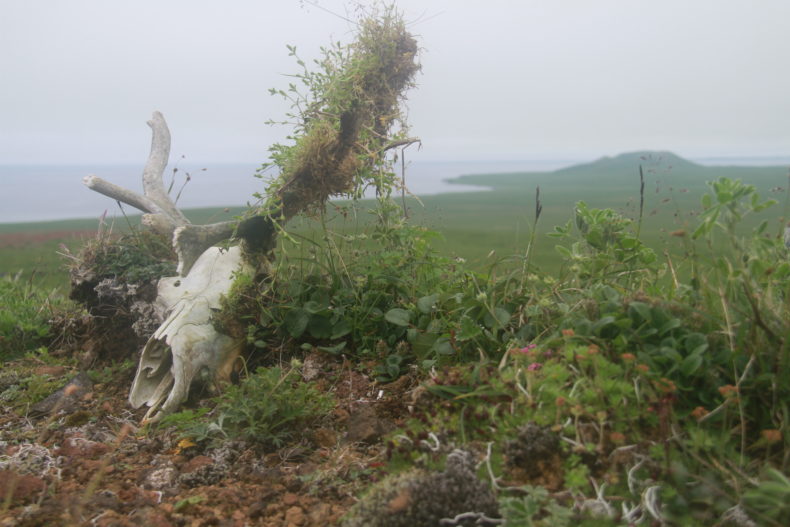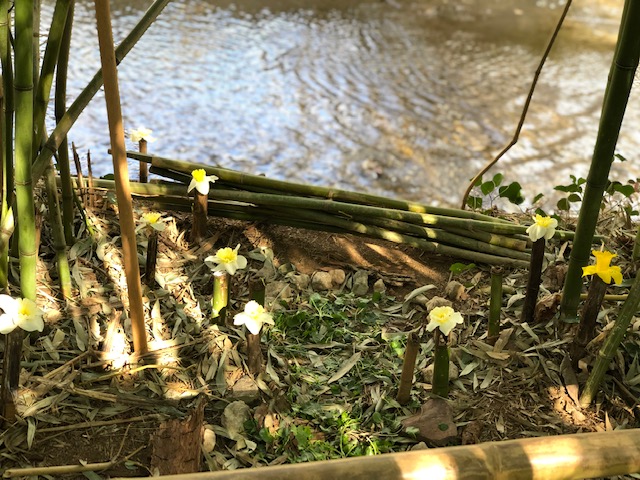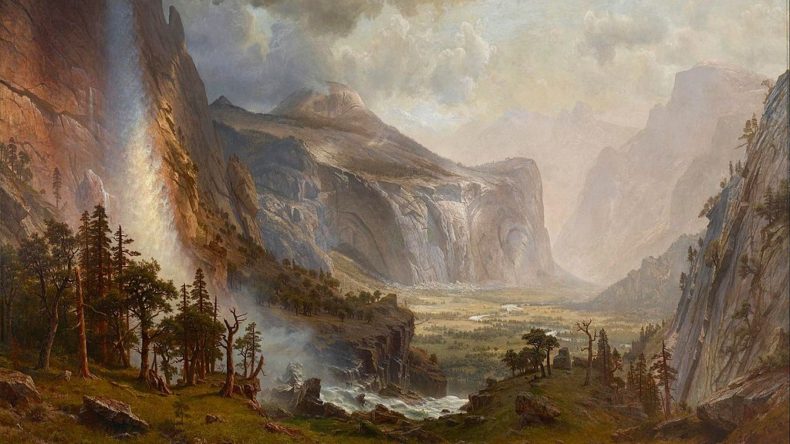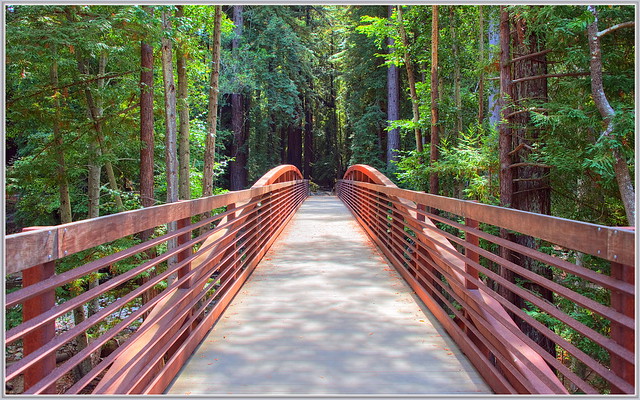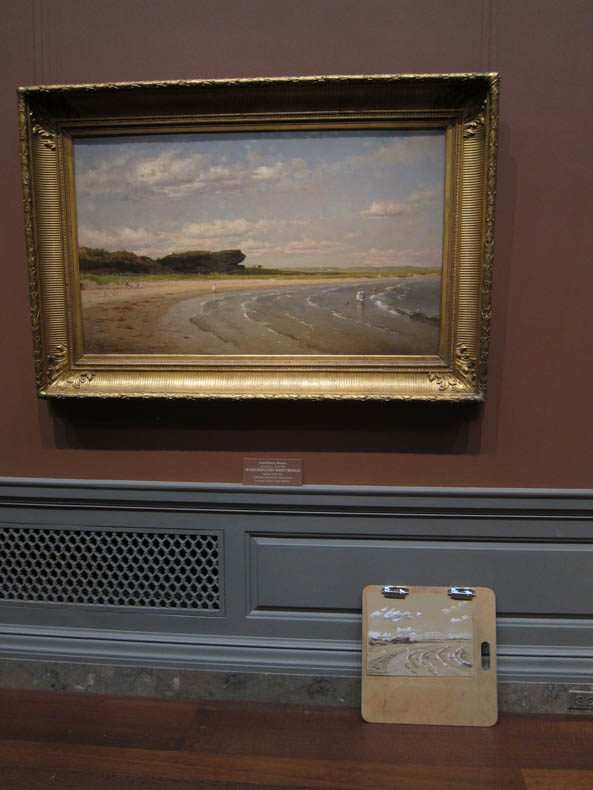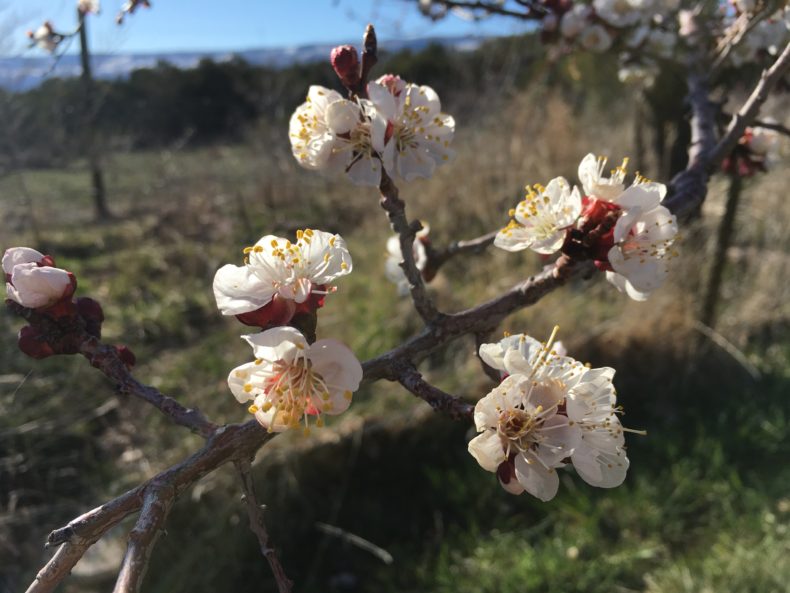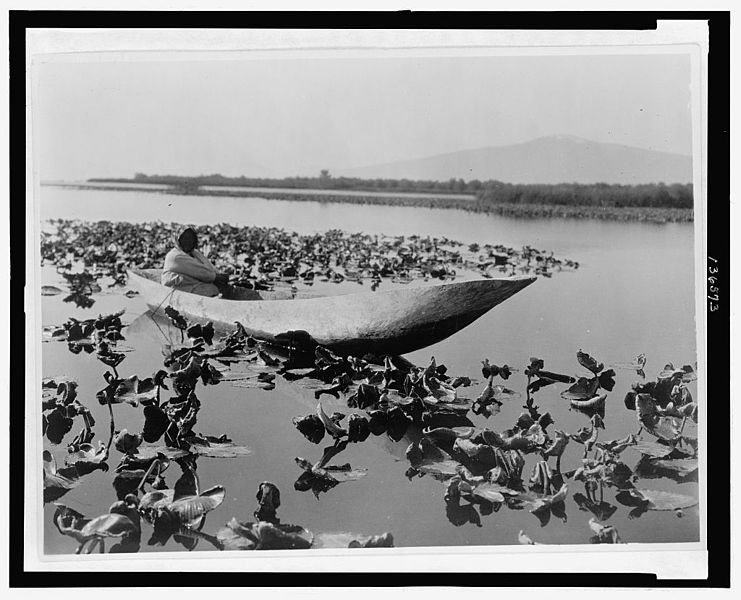A few days ago, environmental writer Jason Mark published an essay in Sierra, the national magazine of the Sierra Club, in which he advocates for “a provocative idea”: establishing nature reserves that would be “off-limits to most people” except “working scientists.” These preserves would be managed exclusively “for wild nature alone.” Mark invokes conservationist icon Aldo Leopold, who argued that the “land-community”—that is, the whole of an ecosystem including water, soil, plants, animals, and people—has a “right to continued existence.”
“The establishment of people-less parks would recognize that right and mark a grand gesture of ecological solidarity,” Mark writes. “Like any true solidarity, the giver gains in the course of the sacrifice. Preserving a place truly beyond us would, in the end, be a blessing to ourselves.”
I had a strong negative reaction to Mark’s essay. Although he acknowledges that many parks were created by evicting and then excluding Native peoples, along with the grim history of Jim Crow policies in parks, he seems to acknowledge these legacies only insofar as they would “complicate” the approval of his proposal for off-limits protected areas. And he confusingly asserts in the same essay that “[f]rom their inception, American parks have prioritized the interests of people.” I mean, yes, some people—mostly affluent white people who want to recreate in them but not, obviously, the indigenous and non-white people who were excluded.
The piece seemed to me to be insulting to Native Americans, seeming at first glance to be arguing that since European settlers stole Native land and then screwed it up, now no one should be able to have it.
In addition, much of my work has been focused on recognizing and tracing the implications of the fact that humans are part of nature and have never been separate from it. Yes, many of our current modes of interaction with the nonhuman world are destructive and thoughtless. But walling-off nature from people isn’t the answer, in my opinion. The answer is to learn or return to positive relationships with nature.
So I contacted Mark and asked him if we could talk about his essay, and he graciously agreed.
Continue reading →
